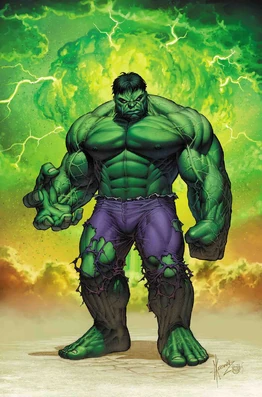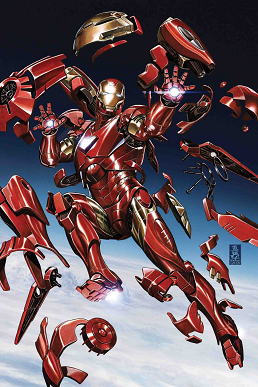The Psychology of Duality
The Hulk represents one of the most fascinating psychological studies in superhero literature—the
literal manifestation of the id versus superego conflict. Bruce Banner embodies pure intellectual
control and moral restraint, while the Hulk represents unbridled emotion and instinct. This
duality makes him relatable to anyone who has struggled with anger, trauma, or feeling out of
control in their own life.
"The Hulk is not my curse—it's my responsibility."
- Bruce Banner's evolving understanding of his dual nature
Strength Through Vulnerability
What makes Bruce Banner truly heroic isn't his incredible strength as the Hulk, but his willingness
to be vulnerable about his struggle. His admission that he battles depression, rage, and self-hatred
makes him one of the most human characters in the Marvel universe. His strength comes from his
decision to keep fighting for control and to use his condition to help others rather than hide from it.
The Trauma-Informed Hero
Bruce's backstory of childhood abuse and his transformation into the Hulk create a powerful narrative
about trauma and healing. The Hulk isn't just a monster—it's Bruce's trauma response made manifest.
His journey toward integration and healing provides a template for anyone dealing with their own
inner demons, showing that acceptance rather than suppression is the path to wholeness.
"I'm always angry. The trick is not fighting it—it's directing it."
- Bruce Banner explaining his evolved relationship with the Hulk
The Reluctant Hero
Unlike heroes who embrace their powers, Bruce Banner represents the reluctant hero archetype taken
to its extreme. His heroism comes not from wanting to be a hero, but from his refusal to let his
condition hurt innocent people. Every act of heroism is a conscious choice to risk losing control
for the greater good, making his heroism perhaps the most selfless of all.






